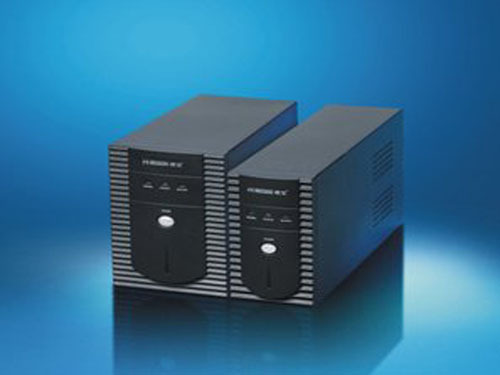In the process of using an uninterrupted power supply system, people often unilaterally think that the battery is maintenance-free without paying attention. However, there are data showing that the proportion of UPS mainframe failures or abnormal operation due to battery failure is approximately 1/3. From this we can see that strengthening the correct use and maintenance of UPS batteries will have an increasingly important significance in extending the service life of batteries and reducing the failure rate of UPS systems. In addition to matching the regular brand battery, the following aspects should be used to properly use and maintain the battery: Lead Acid Battery,2V 3000Ah Lead Acid Battery,L Series Battery,H Series Battery Wolong Electric Group Zhejiang Dengta Power Source Co.,Ltd , https://www.wldtbattery.com
First, maintain a suitable ambient temperature. The important factor that influences the battery life is the ambient temperature. The best ambient temperature required by a typical battery manufacturer is between 20-25°C. Although the increase in the temperature of the battery discharge capacity has improved, but the price paid is the battery life is greatly reduced. According to the test, once the ambient temperature exceeds 25°C, the battery life will be reduced by half for every 10°C increase. At present, the batteries used by UPS are generally maintenance-free sealed lead-acid batteries, and the design life is generally 5 years, which can be achieved under the requirements of the battery manufacturers. Failure to meet the required environmental requirements will have a significant difference in the length of their lives. In addition, the increase in ambient temperature will lead to an increase in the internal chemical activity of the battery, resulting in a large amount of heat, which in turn will cause the ambient temperature to rise. This vicious cycle will accelerate the shortening of the battery life.
Second, regular charge and discharge. The float charge voltage and discharge voltage in the UPS power supply are all adjusted to the rated value at the time of delivery, and the discharge current is increased with the increase of the load. During use, the load should be properly adjusted, such as controlling the microcomputer and other electronic devices. The number of uses. Under normal circumstances, the load should not exceed 60% of the UPS rated load. In this range, the discharge current of the battery will not be excessively discharged.
Because UPS is connected to mains for a long time, in the use environment with high power supply quality and infrequent power outages, the battery will be in a state of floating charge for a long period of time. As time passes by, the activity of the conversion of battery chemical energy and electric energy will decrease, and the aging will be accelerated. And shorten the service life. Therefore, it should be discharged once every 2-3 months. The discharge time can be determined according to the capacity of the battery and the size of the load. After a full-load discharge is complete, recharge for more than 8 hours as required.
Third, the use of communications. At present, most large and medium sized UPSs have operability such as microcomputer communication and program control. Install the corresponding software on the microcomputer, connect the UPS through the serial/parallel port, run the program, and use the microcomputer to communicate with the UPS. Generally have information query, parameter settings, timing settings, automatic shutdown and alarm functions. Through information query, you can obtain information such as mains input voltage, UPS output voltage, load utilization, battery capacity utilization, internal temperature and mains frequency; through parameter settings, you can set the basic characteristics of the UPS, battery life and Battery out of alarm. Through these intelligent operations, it greatly facilitates the use and management of UPS power supplies and their batteries.
Fourth, timely replacement of waste / bad batteries. At present, the number of batteries used in large and medium-sized UPS power supplies ranges from 3 to 80 or even more. These individual batteries constitute a battery pack through circuit connections to meet the DC power supply requirements of the UPS. In the continuous operation and use of the UPS, due to differences in performance and quality, it is unavoidable that the individual battery performance is degraded and the storage capacity is not up to the requirements. When one or some of the batteries in the battery pack are damaged, maintenance personnel should perform an inspection test on each battery to eliminate the damaged battery. When replacing a new battery, you should try to buy the same model with the same manufacturer, prohibit the use of acid-proof batteries and sealed batteries, batteries with different specifications.